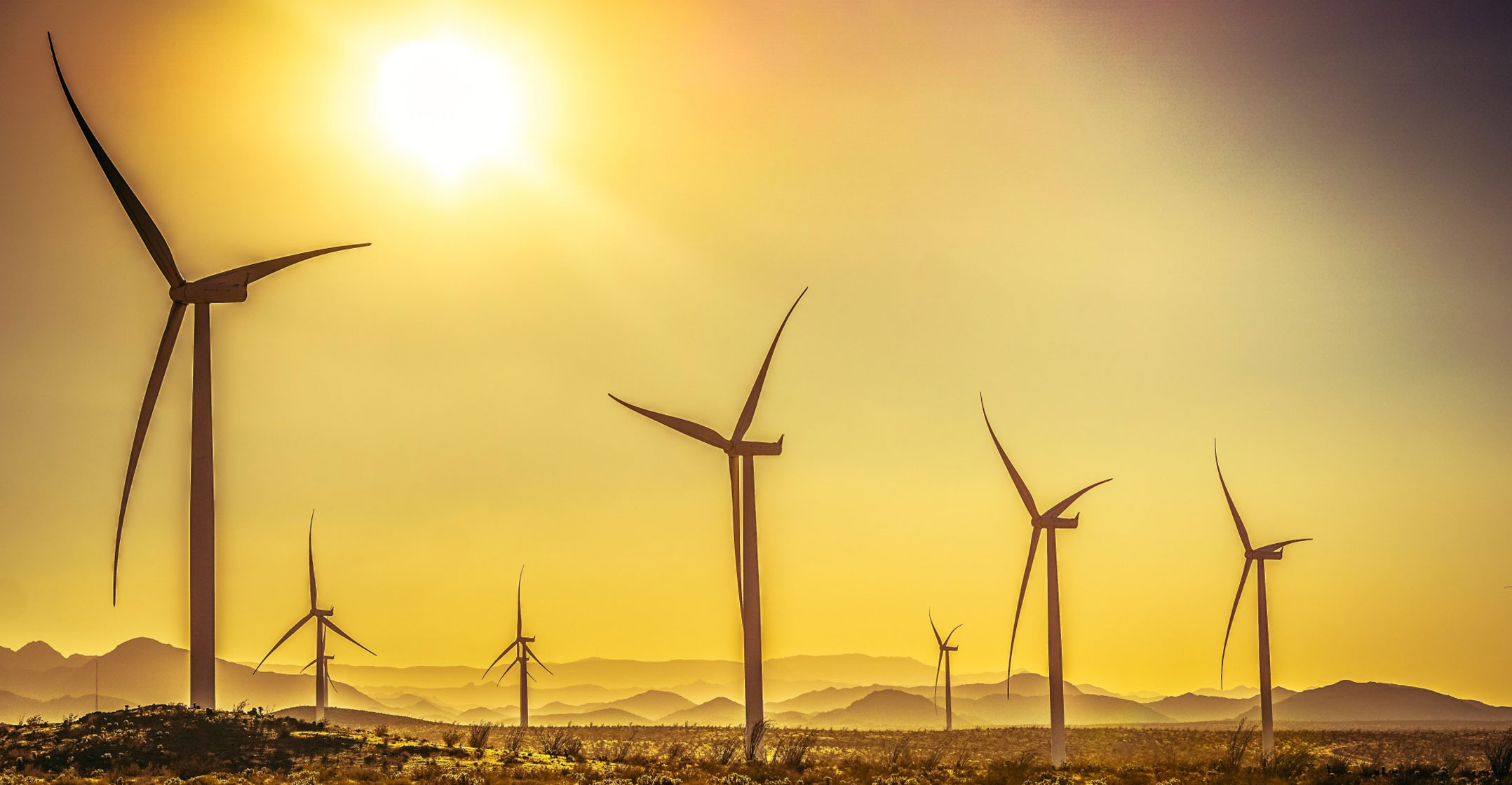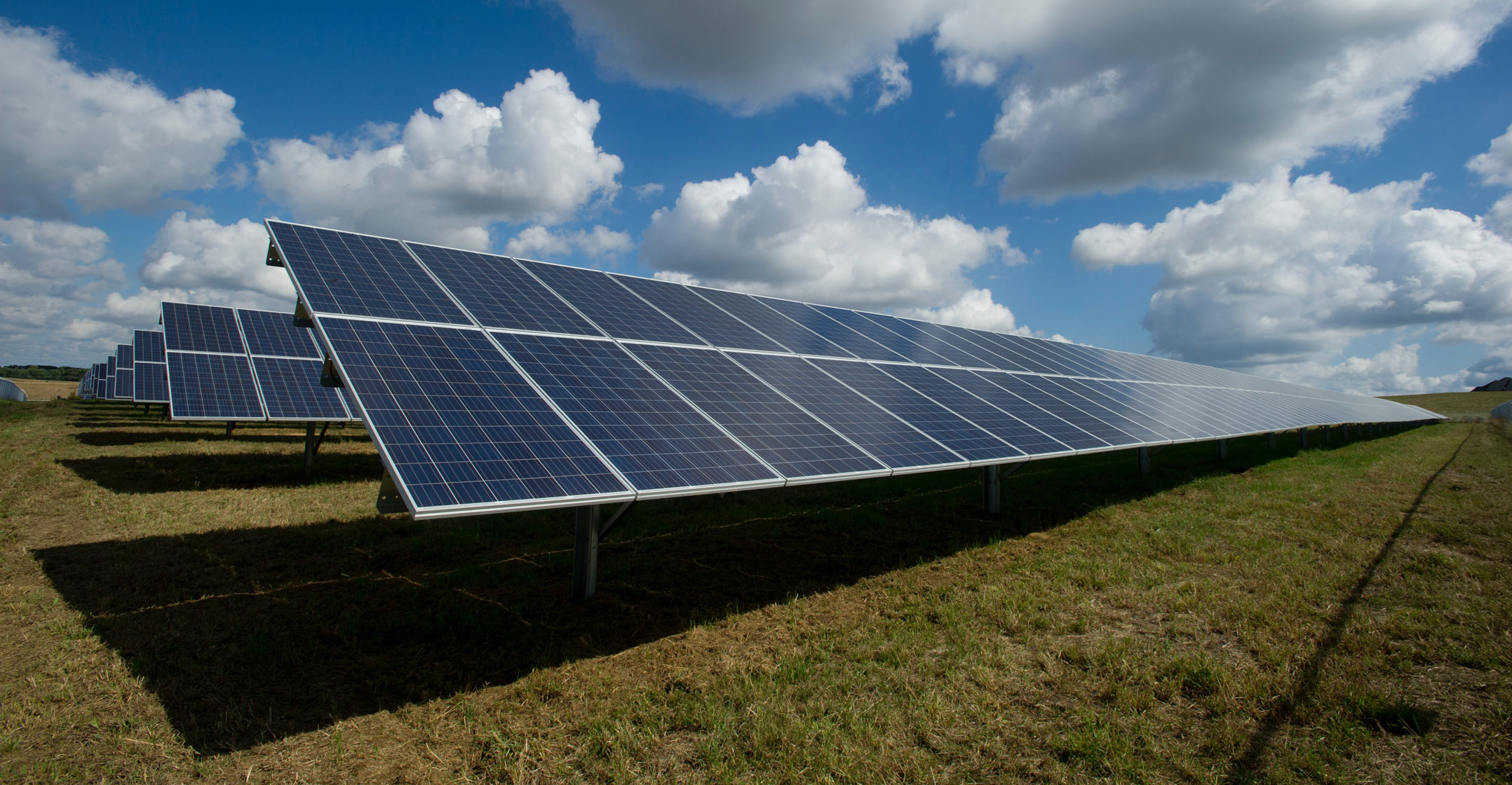 The maximum percentage contribution by renewable sources towards electricity supplied in South Africa occurred at 1pm on 1 November last year. In that hour, 19.1% of the country’s demand was supplied by renewable generation. This was disclosed by Eskom in its recent quarterly system status and outlook briefing. In a separate dashboard, it says the contribution on that Monday in that hour was 4.784GW.
The maximum percentage contribution by renewable sources towards electricity supplied in South Africa occurred at 1pm on 1 November last year. In that hour, 19.1% of the country’s demand was supplied by renewable generation. This was disclosed by Eskom in its recent quarterly system status and outlook briefing. In a separate dashboard, it says the contribution on that Monday in that hour was 4.784GW.
This means supply in that hour was about 25GW, compared with the current range of around 27GW and 28GW (based on the last few weeks – prior to the recent load shedding). Last Monday, for example, Eskom supplied around 27.5GW from its fleet and independent power producers in the 1pm hour. It is notable that 1 November was between two separate bursts of load shedding, the first until 29 October (Friday), and from 2 November.
This peak contribution figure is remarkable, given that only 5.9GW of renewable projects are installed and available at this point.
This equates to a load factor of 81%. While not strictly comparable, the overall energy availability factor for the utility is forecast to be 63% in the year to end-March (for its coal fleet, the number is around 50%).
The contribution from solar (photovoltaic) plants alone peaked towards the end of October at 2.1GW (12pm on 24 October), while wind alone peaked at 2.639GW on 15 December at 5pm. Solar generation tends to peak at around lunchtime (12pm/1pm), while wind generation typically peaks towards sunset (somewhere between 5pm and 7pm). This makes wind a useful contributor to generation during the evening peak (7pm in summer), especially in summer months which are windier.
Over the last five months (September to January), the average load factor for the country’s wind plants during the evening peak was 49%.
By contrast, between April and the end of July, this figure averaged 34%. Still, the 49% contribution equates to an average of 1.55GW from wind during the evening peak (from the total installed capacity of 3.163GW).
Concentrated solar
There is also some contribution during the peak from concentrated solar power (CSP) which, by design, has some sort of storage capacity (thermal, molten salt or other). This allows CSP plants to provide power after sunset, but the storage period is limited to up to six hours. Total installed capacity for CSP is modest, however, at only 500MW.
Critics will rightfully point to the fact that while solar plants can contribute as much as 2GW at lunchtime, their effectiveness fades into the afternoon. There are also questions about the usefulness of solar when it is overcast or raining in the western half of the country. Last Monday, for instance, solar contributed just 800MW at midday compared to more than double that (1.9GW) on Friday at midday.
Eskom says a further challenge is the “variability of renewable generation over a 24-hour period”, which “requires conventional generation to be reduced or dispatched to compensate for the change in renewable generation output”. So far, the largest variation in renewable contribution from one evening peak to the next was 1.744GW (between 7 and 8 August last year). This, it says, equates to three large coal-fired generators.
 The controversial “risk mitigation” independent power producer procurement process attempts to address this by requiring bidders to be able to dispatch electricity from their projects when required. In other words, these projects cannot be simple solar or wind ones – if these technologies are used, there has to be a storage element. But this programme has stalled, following court challenges. The deadline for projects reaching financial close continues to be extended. At the end of January, it extended this for a third time (to the end of March).
The controversial “risk mitigation” independent power producer procurement process attempts to address this by requiring bidders to be able to dispatch electricity from their projects when required. In other words, these projects cannot be simple solar or wind ones – if these technologies are used, there has to be a storage element. But this programme has stalled, following court challenges. The deadline for projects reaching financial close continues to be extended. At the end of January, it extended this for a third time (to the end of March).
The base load and evening peak challenges are not going away.
Natural gas and battery storage projects are key to solving both of these, especially as Eskom begins decommissioning coal generation. The current target, according to the most recent integrated resource plan (2019), is for 10.5GW of coal assets to be decommissioned by 2030. The utility sees as many as 10 entire power stations decommissioned. Four are slated for decommissioning in the short term: Komati, Camden, Grootvlei and Hendrina.
The last coal unit at Komati will be shut down in October. Eskom sees Komati as its flagship greening project. The pilot will see a 200MW solar plant erected on the site, to be supported by 244MW of battery storage. It is also investigating options to repower parts of the plant with gas.
The utility plans to access as much of the R131-billion pledged by developed nations at Cop26 for the country’s just energy transition “as it can”. On Thursday, CEO André De Ruyter hinted at imminent announcements, saying that he expected we will “shortly be seeing good news” about the country’s response to the “Cop26 money”.
- This article was originally published by Moneyweb and is republished by TechCentral with permission




